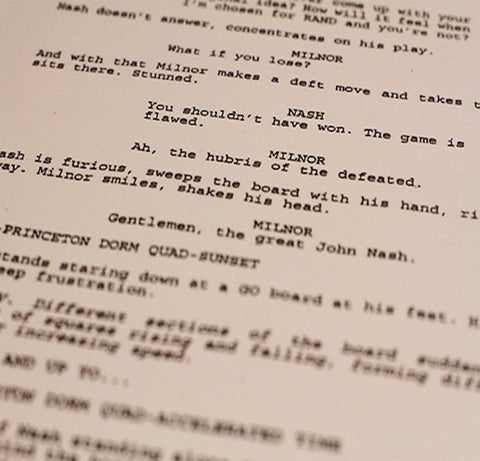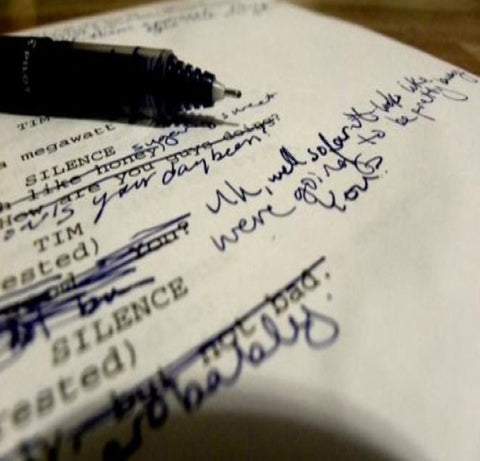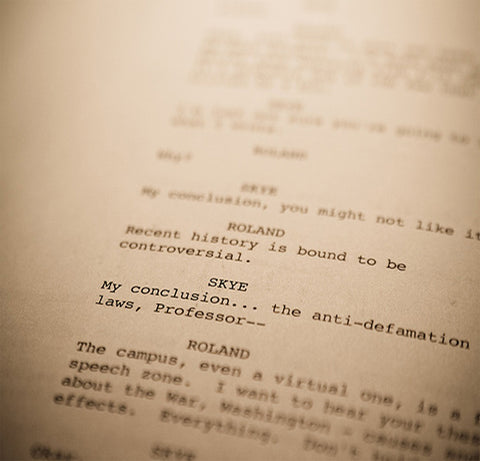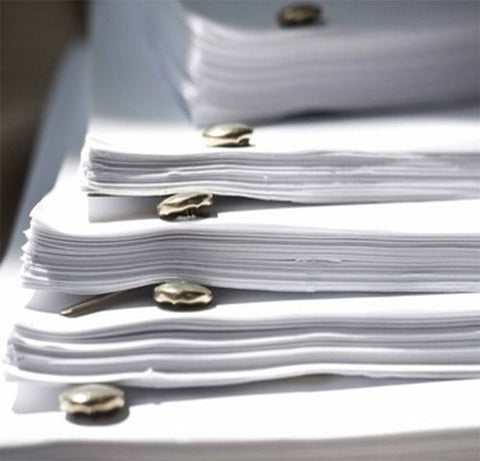
Theme
Recently, I was working on a script rewrite. Most of the notes I had gotten were fairly straightforward, and I thought turning it around would take perhaps a week at most. But then I realized… wait, we’ve never figured out our themes; the script doesn’t yet have a clear thematic statement.
This is really basic, foundational stuff, and it didn’t occur to me until late in the development process. That’s because it’s very easy to get caught up in the spinning gears of plot and character. But the themes are just as important, because this is the true “what this is about besides the plot” element of the story.
Theme is where we stop talking about the business of what our pretend friends are doing on the screen, and more deeply examine what their actions and the overall narrative have to say to the audience. Because: cinema is an artform, and all art is an examination of the human experience. We can and should be taking the opportunity to speak to the audience.
There is certainly room in the world for summer tentpole exploding robot popcorn, but as storytellers we can ask: “What do the exploding robots mean to the audience in human terms?” Because that’s who our audience is: they are human beings, not exploding robots. By thinking of theme, we are thinking of how best to connect to the film’s audience and their universal human experience.
Typically, there are three ways to best realize the theme. The first is through the set-up. For example, in films like GROUNDHOG’S DAY or THE TRUMAN SHOW, our themes are baked right into the hook. The second way is through the setting. For instance, sci-fi action stories built around dystopian settings – ROBOCOP, EQUILIBRIUM, V FOR VENDETTA, THE MATRIX – explore the themes by exploring the world.
Third, and most powerful, is the realization of theme via the protagonist’s journey, the lesson they learn for going through these experiences. That lesson is the theme, the “thematic statement” of the piece. We don’t need a big high-concept or sci-fi setting to explore themes in this manner. Nothing blows up in THE FLORIDA PROJECT or NOMADLAND, but these are clearly films that come presented with conversations to be had with the audience.
A lot of films might understand the need for theme, but content themselves with a drag-and-drop, off-the-shelf choice. For example, how many movies have you seen that are driven by thematic statements along the lines of “You have to believe in yourself?” Or “Family is important?”
These themes aren’t wrong. But if theme is the artistic element of the narrative, then it’s best when unique to the artist as storyteller. Ask: If I can potentially speak to an audience of millions, what do I have to say to them? And what do I have to say that comes from the experiences I’ve had as a human being, a unique perception within the greater human family that has never before existed, and never shall again?




